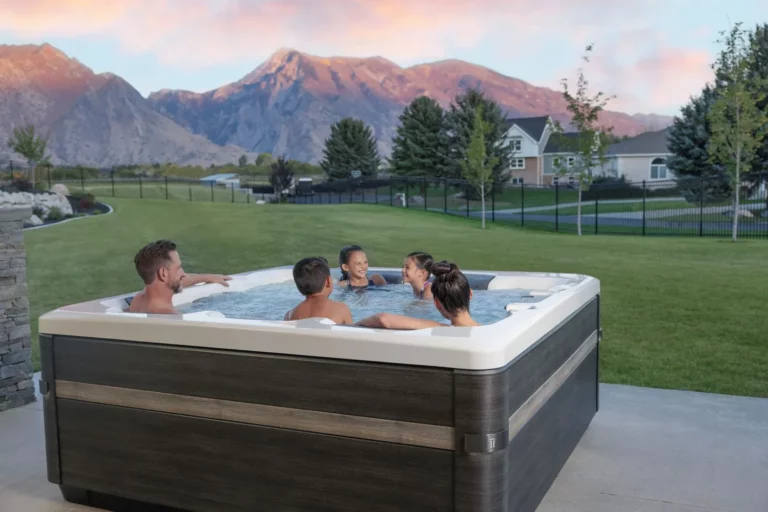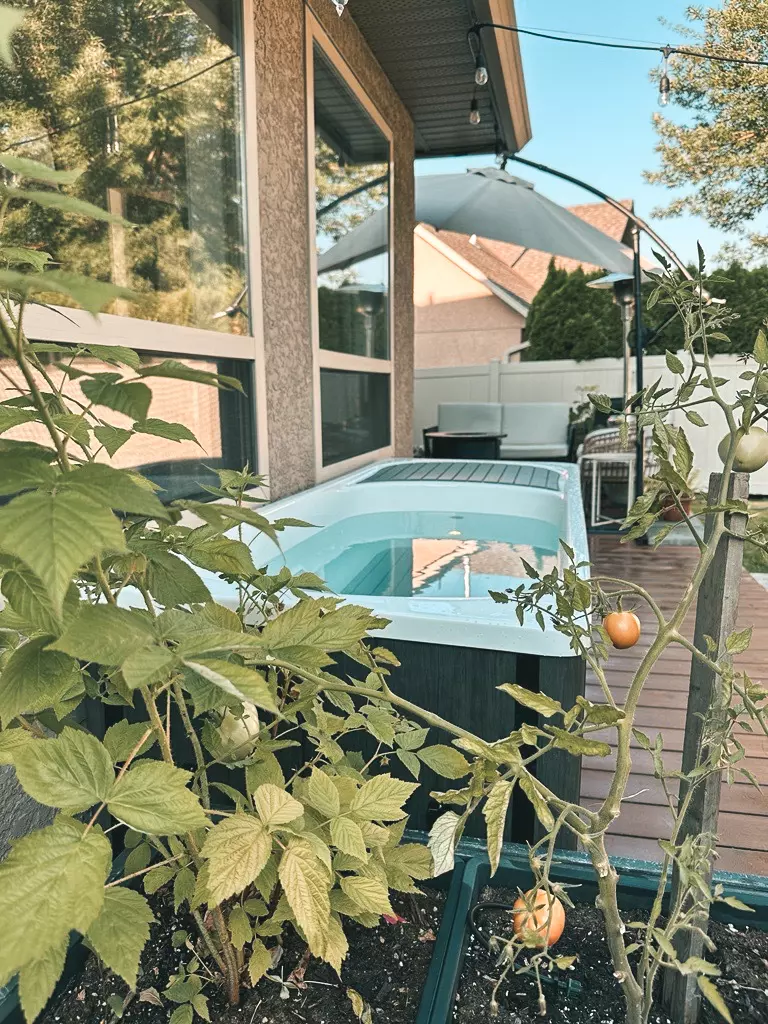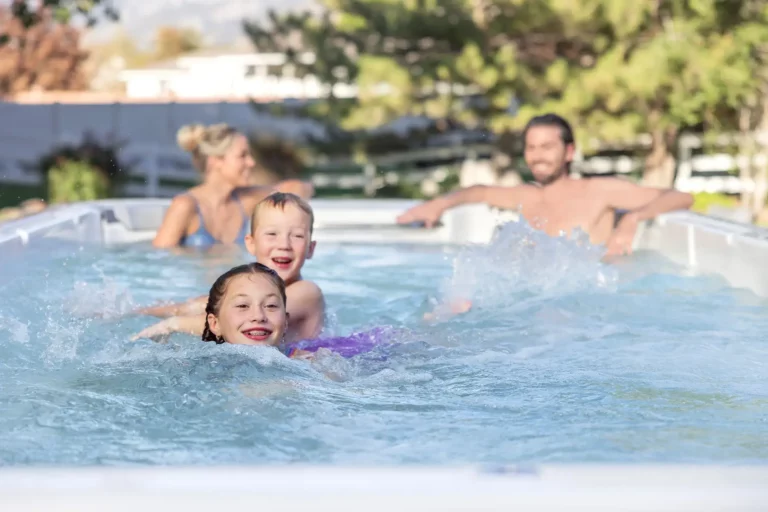It starts with a shock. A deep breath. Then a rush of energy that shoots through your body like flipping a switch.
Cold plunge therapy isn’t new—but in Whistler and Squamish, it’s having a serious moment.
These mountain communities aren’t just known for epic snow days and trail runs. They’re also home to wellness seekers who crave more than a basic soak.
Recovery, mental clarity, and immune system support—locals want it all, and cold immersion delivers. From athletes winding down after a ski marathon to parents chasing a better night’s sleep, people across BC are plunging into something colder than their morning coffee.
As more research backs the benefits of cold plunge therapy—like improved metabolism, reduced inflammation, and boosted mood—it’s no surprise the cold plunge has moved from niche to necessity.
Who Should Try a Cold Plunge Therapy (and Who Shouldn’t)
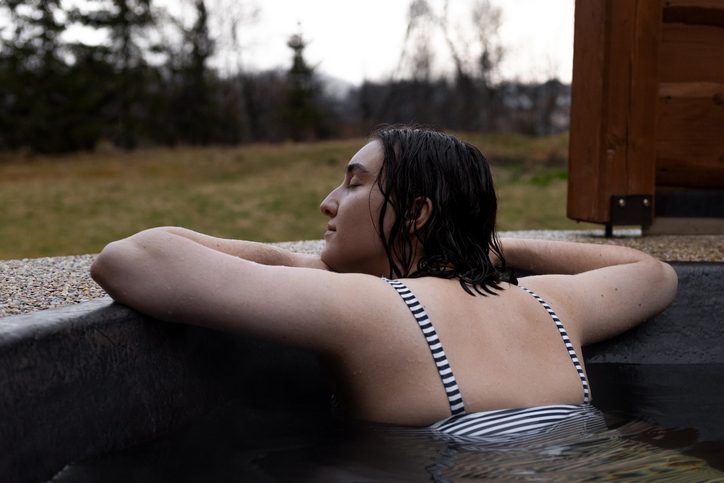
The ice bath may be trending, but that doesn’t mean it’s for everyone. Knowing who should step in (and who should take caution) is key to reaping the real benefits.
Ideal Candidates
Cold plunge therapy is especially popular with:
- Athletes & gym-goers: It helps reduce delayed onset muscle soreness (DOMS) after intense strength training or endurance workouts.
- Outdoor lovers: Regular plunges can build cold shock resistance, making winter swimming and hiking easier.
- Those managing stress & anxiety: Cold immersion has been linked to reduced cortisol and improved psychological resilience.
- Biohackers & wellness junkies: People looking to boost mood, metabolism, and alertness swear by the daily dip.
When to Consult Your Doctor First
There are cases where cold therapy isn’t recommended. If you have any of the following, talk to your doctor before diving in:
- Cardiovascular conditions (e.g., hypertension, heart disease)
- Respiratory issues or asthma
- Pregnancy
- Poor circulation or cold agglutinin disease
- History of frostbite or nerve damage
It’s also smart to start slowly—especially if you’re new to any kind of shock-based therapy.
The Science: How Cold Immersion Works
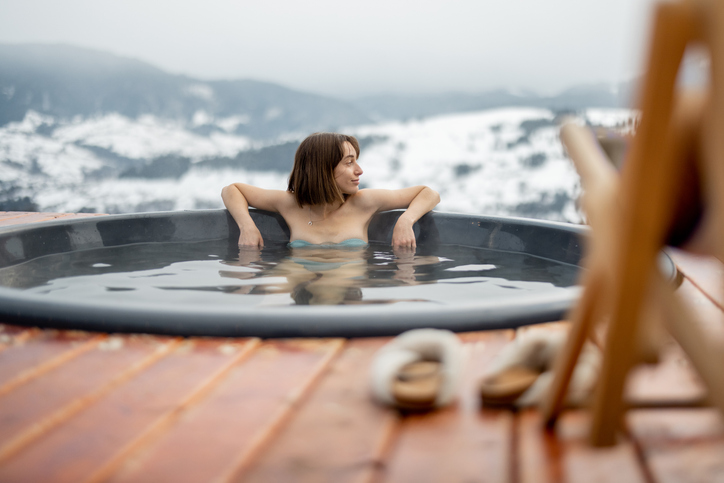
So what’s actually happening when you step into a cold plunge therapy tub? It’s not just about getting chilly. Your entire system kicks into high gear.
What Cold Does to the Body
As your body hits cold water (think 10–15°C), vasoconstriction begins. Blood vessels tighten, redirecting blood to protect your core. Your heart rate and breathing spike. The shock triggers a release of norepinephrine, which is linked to focus and alertness.
As you warm back up, vasodilation occurs—your vessels expand, flushing out waste from muscles and reducing inflammation.
Cold Plunge Therapy Key Benefits (Backed by Research)
- Reduces muscle pain and swelling
- Supports healthy cortisol levels
- Boosts dopamine production for improved mood
- Enhances immune response through metabolic adaptation
- Increases brown adipose tissue, improving fat burning and weight management
If you’re familiar with Wim Hof breathing or cryotherapy, this taps into the same physiological process—but can be done from your own backyard.
Contrast Therapy: The Dual Advantage
If you’ve ever gone from a hot tub straight into a snowbank (and back again), you’ve tried contrast therapy—whether you knew it or not.
What Is Contrast Therapy?
It involves switching between hot water (like a sauna or spa) and cold immersion, often in short intervals. The change in temperature improves circulation, flushes out waste from muscles, and jumpstarts recovery.
Typical contrast cycle:
- Warm soak or sauna: 5–10 minutes
- Cold plunge: 1–2 minutes
- Repeat for 2–3 cycles
Contrast therapy is ideal for Whistler and Squamish homeowners who already have a hot tub or sauna and want to take recovery to the next level.
Introducing the Kodiak Cold Plunge at Poolside Spa
Cold plunge setups don’t have to be DIY ice bucket experiments. At Poolside Spa Sales & Service, we carry the Kodiak Cold Plunge—a purpose-built, premium plunge tub that’s made for year-round use in BC.
Product Features
| Feature | Kodiak Cold Plunge |
|---|---|
| Temperature Range | 40°F–104°F (4°C–40°C) |
| Water Capacity | 115 gallons |
| Depth | 61″ Soak Depth |
| Build | Steel Frame, ABS Base, Full Foam |
| Power | 120V Plug-and-Play |
Whether you want icy cold or warm soaking, this plunge gives you both—with no complex plumbing needed.
Installation Considerations in Mountain Communities
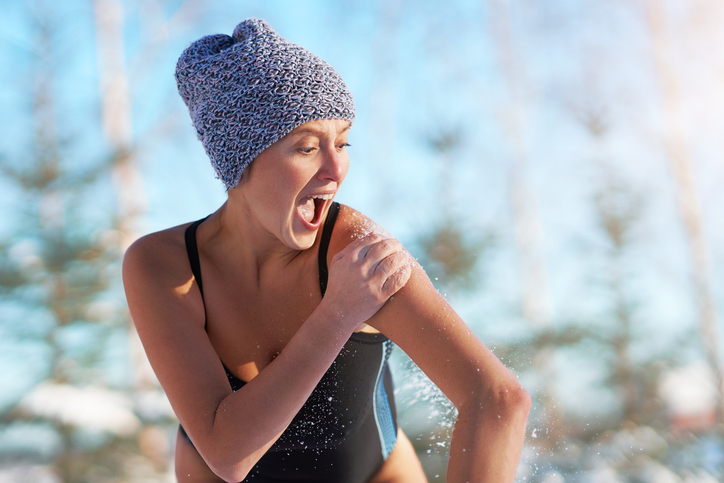
Setting up a cold plunge in Whistler or Squamish comes with unique challenges, but it’s absolutely doable when you plan smart.
- Outdoor setups should be placed on a solid, insulated surface (like a patio slab) and covered during snowfall.
- Indoor installs should have proper drainage, ventilation, and access to electrical outlets.
- Winterization is important—though the Kodiak is made for cold climates, a thermal cover is recommended to maintain consistent water temperature and protect the tub.
If you’re unsure about logistics, Poolside Spa’s team offers full installation support and ongoing service.
Temperature Guidelines & Session Timing
Cold plunges aren’t a contest—more like a consistent habit. Knowing your limits and gradually building tolerance will bring the best results.
- Beginners: Start with 1-minute sessions at around 15°C (59°F)
- Intermediate: Work toward 3–4 minutes at 10–12°C (50–54°F)
- Advanced: Some seasoned plungers can tolerate 4°C (40°F) for 5–10 minutes, but this should only be done under supervision
For contrast therapy, aim for three cold plunges alternating with one warm cycle over 15–20 minutes.
Safety & Best Practices for Cold Plunging
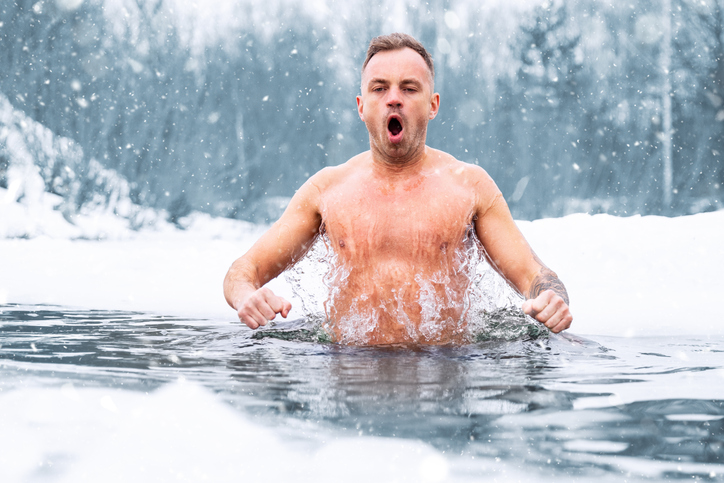
Cold immersion isn’t dangerous when done right—but skipping the basics can put you at risk.
Do:
- Warm up before with light movement or sauna use
- Monitor your breathing and stay calm
- Step out if you feel dizzy or numb
- Dry off quickly and warm up afterward
Don’t:
- Jump into cold water after alcohol
- Stay in too long—hypothermia isn’t the goal
- Plunge unsupervised, especially if you’re new or have a medical condition
Listen to your body. Cold shock response is real—and so are the benefits when you do it right.
Maintenance & Care in Whistler/Squamish Climate
Mountain climates can be tough on spa equipment, but Kodiak’s design makes care straightforward.
Essential Tips
- Use a cold water therapy tub sanitizer compatible with your system
- Keep water balanced—check pH and alkalinity weekly
- Drain and refill every 3–4 months, depending on use
- Use a thermal cover to maintain temperature and block debris
Poolside Spa also offers winterizing, startup help, and routine service packages, so you can keep your cold plunge in peak condition year-round.
Lifestyle Integration: From Home to Showroom
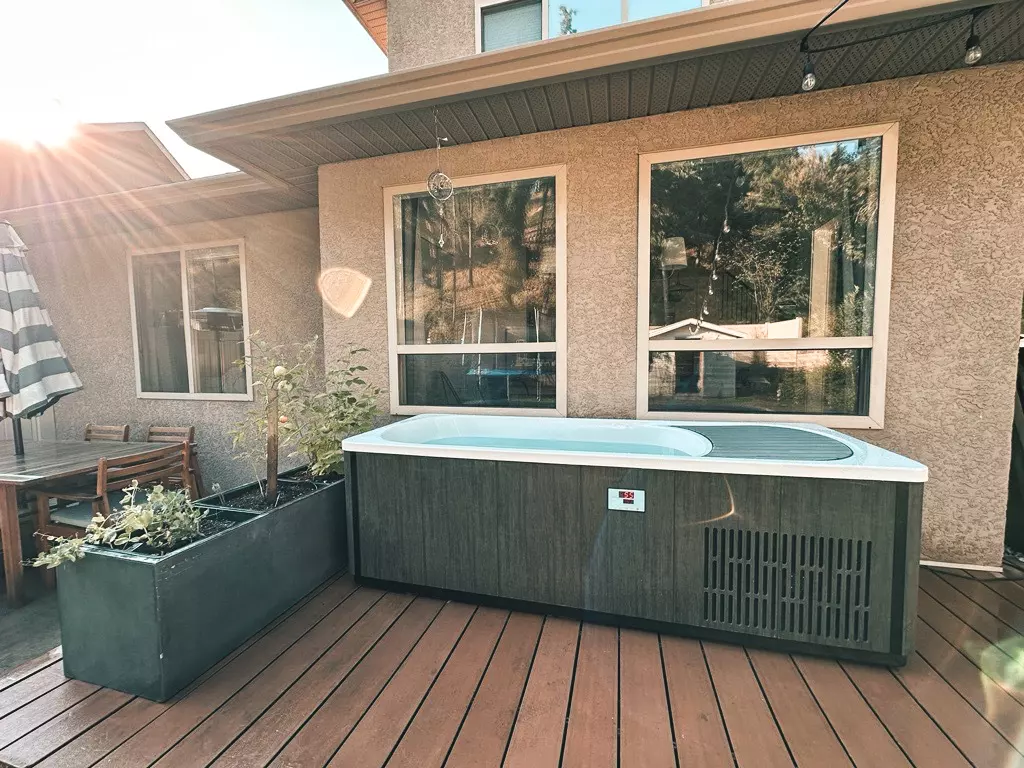
Whether you’re using it after a mountain bike ride or a long workday, cold plunging fits easily into your routine.
Ideas to integrate it into daily life:
- Pair with your morning meditation
- Use post-exercise for muscle recovery
- Combine with sauna nights for better sleep
- Invite friends over for weekend contrast therapy
Curious what it looks like in real life? Visit our Whistler or Squamish showrooms to see plunge tubs in action—or check out our installation gallery online.
Cost & Financing Options
The Kodiak Cold Plunge starts at $7,995 CAD, offering year-round recovery without the hassle of gym visits or bagged ice.
Need help with the investment? Ask us about in-store financing plans to break up the purchase into manageable monthly payments.
Where to Learn More & Try It Out Locally
You can browse product specs, request a quote, or stop by one of our showrooms for a live demo.
Visit us in:
- Whistler
- Squamish
Or check out the Kodiak Cold Plunge page on our site for detailed brochures, manuals, and videos.
Cold Plunge Therapy FAQs
How cold should the water be to get the benefits?
Aim for around 10°C (50°F) for general recovery and mood benefits. More advanced users may go as low as 4°C (39°F), but always start higher and ease in.
Can I use the cold plunge daily?
Yes, and many people do. Just keep sessions short—1–3 minutes is often enough. Overdoing it can lead to fatigue or stress on the nervous system.
Is contrast therapy better than cold plunge therapy alone?
For many, yes. Alternating hot and cold improves circulation and speeds up recovery. Combining a hot tub or sauna with a cold plunge is highly effective.
Do I need to add ice every time?
Not with a product like the Kodiak. It maintains your desired temperature without constant refills or messy ice bags.
Can I try before I buy?
Yes. Visit our showroom in Whistler or Squamish to experience a cold plunge in person and talk with our team.
Conclusion
Cold plunge therapy isn’t a fad—it’s a tool.
Whether you’re chasing better recovery, sharper focus, or just want to feel more alive in the morning, cold water immersion has a place in your wellness routine.
And here in Whistler and Squamish, where the outdoors meet intentional living, there’s no better time—or place—to make cold plunge a part of your daily ritual.
Ready to reap the benefits of cold plunge therapy? Contact us today or visit one of our showrooms!

